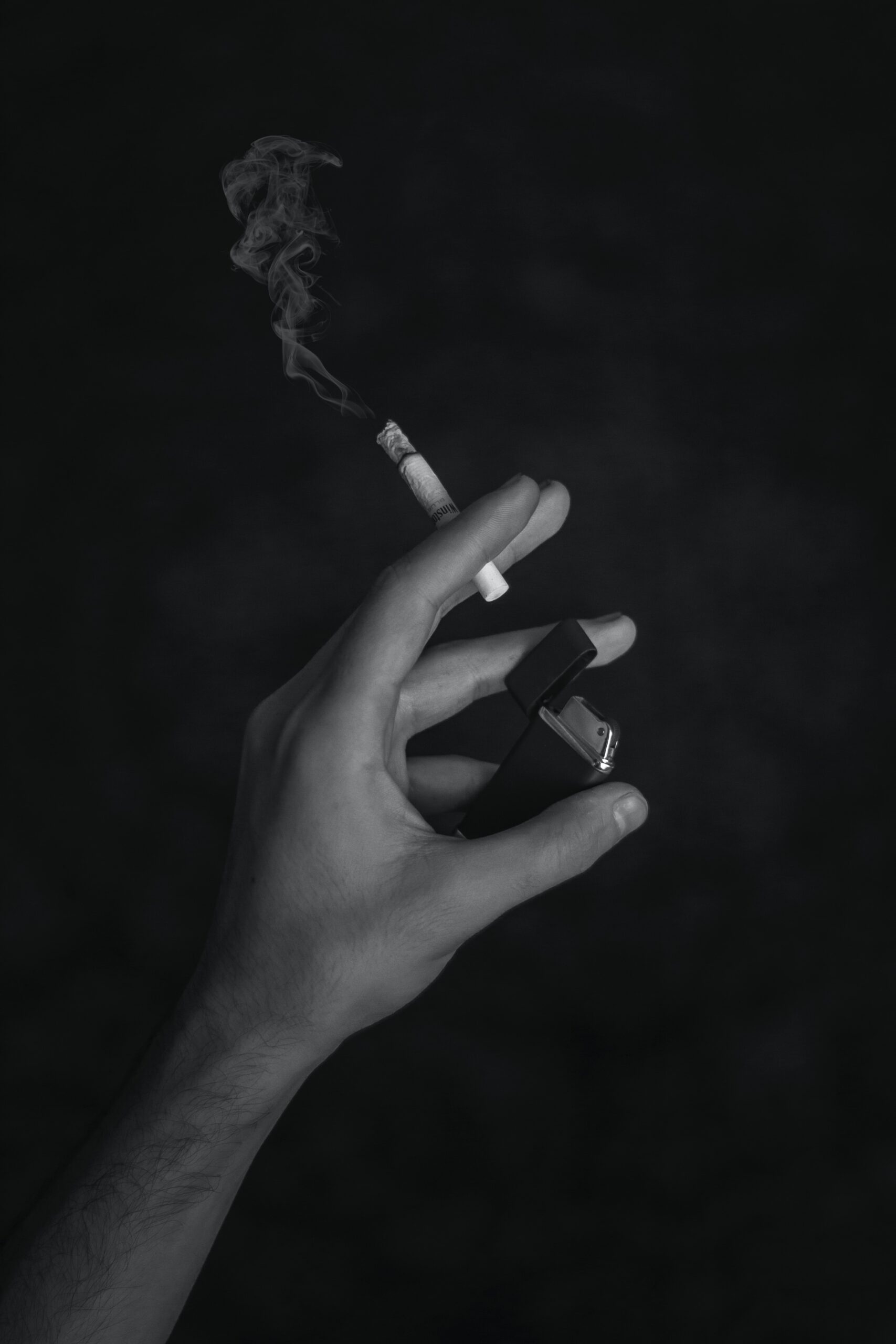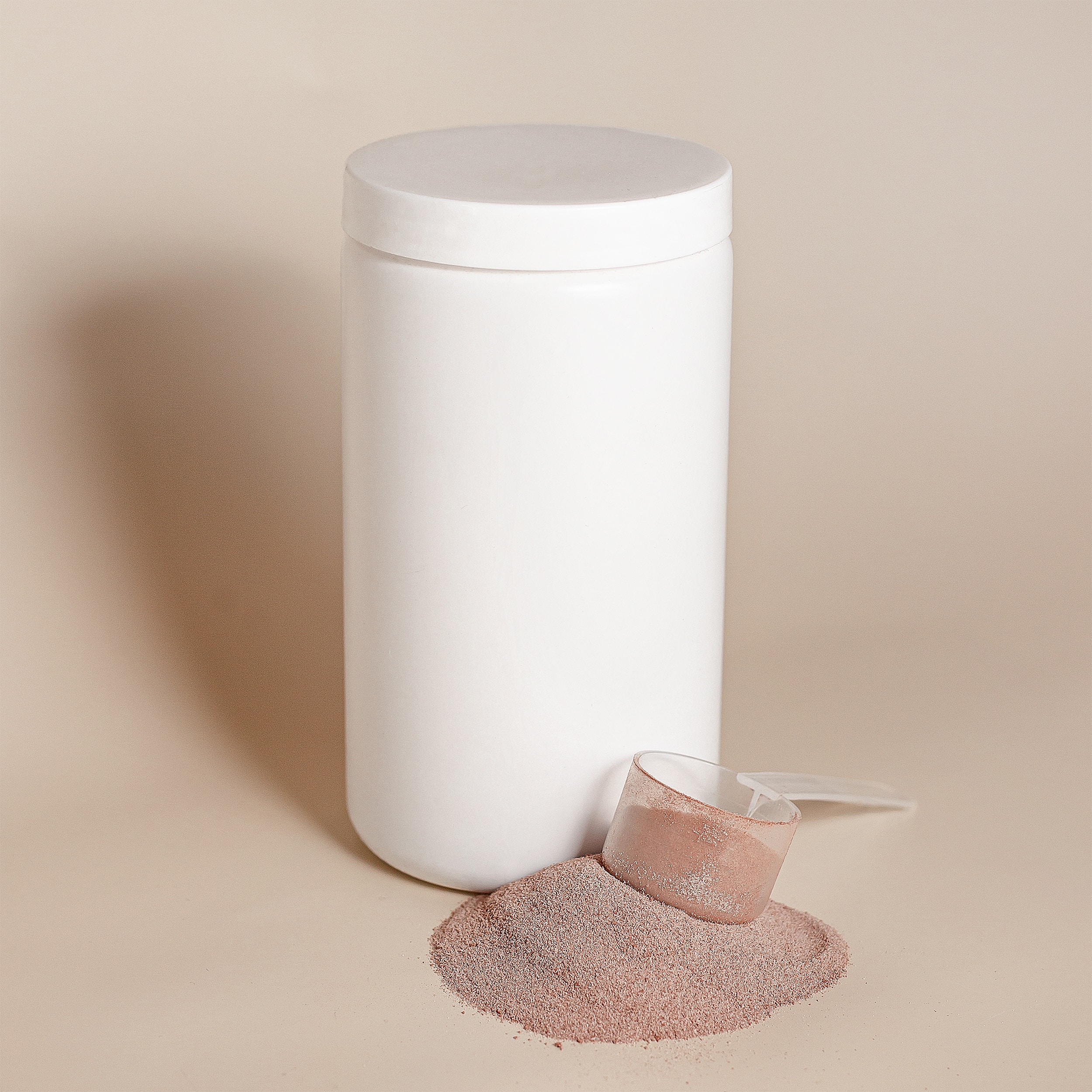
What’s the difference between FUE and FUT?
26th March 2020
If you’ve only just started your journey into researching hair transplants, or you’ve had your consultation with a surgeon and you have both decided that surgery is the right option, you’ve undoubtedly come across some confusing terms – do you know your telogen effluvium from your platelet-rich plasma? What is FUE & Strip FUT and which is better? It sure can feel like you’re reading a foreign language, but not to worry – help is on hand!
When considering a hair transplant, it’s important to do the necessary research to assess your current situation, the options available, and the best solution for you. Whilst this can be a minefield to decipher, once we get past the technical terms, it’s quite straightforward.
There are two donor harvesting techniques for hair transplant surgery:
The first, FUE, involves groups of hair follicles being extracted individually before being transplanted into the recipient area of the scalp.
The second, FUT, is where a strip of skin – complete with hairs and follicle groups – is removed and microscopically dissected to separate each hair follicle group into grafts, which are then inserted into the recipient area.
Both of these methods have their advantages and drawbacks, so it is important to explore both techniques before deciding with your surgeon which one you wish to proceed with.
FUE Method
The FUE method usually involves shaving an area of the scalp and excising follicular unit grafts individually, using a 0.8mm to 1mm cylindrical punch tool. The procedure is usually carried out manually or with a motorised tool and leaves a series of tiny dot scars on the scalp, mostly unnoticeable as they are so small. For many people, this is preferable to strip FUT because each follicle removal incision is so small and heals very quickly. This excision bit is a surgical step and must be performed by a medically qualified professional. Generally, fewer hair grafts are obtained safely per procedure with FUE compared to strip FUT (up to 5000 hairs in one day).
The surgeon will make very small slits in the receiving area and the follicular grafts will be placed into these recipient sites. The team will ensure the grafts are placed in the best position to ensure the hair looks natural when it grows. FUE requires only a local anaesthetic and is almost pain-free after that, but it is usually more time-consuming than FUT. Patients will start to see new hairs approximately four months after surgery, which will continue to grow through for the next 8 to 15 months.
Potentially, there’s a higher risk of donor hair wastage with FUE and the grafts tend to be more vulnerable because they have less protective tissue around the root than those transplanted via strip FUT. However, for many, the benefits outweigh the risk. Another smaller drawback to FUE is that the donor area must be shaved in the majority of cases to provide a clear picture of the hair follicles – so if you normally have a longer hairstyle, it will be more obvious that something has been done.
Benefits Of FUE
FUE has become popular because it does not leave a linear scar, making it ideal for patients who like to keep their hair short as it leaves minimal scarring and doesn’t change the direction of hair growth in the donor area, which can sometimes occur with strip FUT. This technique is also great for younger patients who may only need a small number of grafts, meaning less time in surgery and shorter recovery time. The scars from FUE are small and scattered across the scalp, making them much less noticeable in comparison to FUT. Another benefit to FUE is that the surgeon can control the exact number and quality of grafts, potentially leading to a more efficient transplant.
FUE Summary
- Fewer hair grafts per procedure – 2000-2500 per day
- Donor area usually shaved
- Minimal scarring
- More suitable for shorter hairstyles
- More time consuming than Strip FUT
- Shorter and more comfortable recovery time
- Potential higher risk of donor hair wastage
Strip FUT Method
This method takes a strip of hair-bearing skin from the scalp, usually at the back of the head as this is where it is most dense with hair. The surgeon will assess if FUT is the way forward by observing how loose the skin on the scalp is and also by the hair density. The practice has been continually refined over the years and, while it was prone to leaving significant scars when first developed, a good surgeon will be able to perform the operation with minimal scarring, undetectable to the untrained eye.
Using high-powered microscopes, the surgical team divides the strip into tiny grafts of individual follicular units comprising around one to four hairs each. These grafts are then placed in a tissue storage solution until they are needed. The area the hair is taken from is sutured or stapled up and is usually fairly unnoticeable due to the surrounding hair covering it. The site will heal to form a linear scar completely camouflaged with surrounding hair. A skilled surgeon should be able to stitch the wound to leave a very thin and easily disguisable scar.
This procedure is ideal for people with more advanced hair loss who require large amounts of grafts (up to 4500 grafts or 9000 hairs in one day) to be transplanted to achieve the desired effect.
Benefits Of Strip FUT
The benefit of FUT is that there’s no need to shave the whole head, meaning the existing hair can be kept long and used to cover up the linear scar. It can mean a lot more hair can be transplanted in a day if needed and at a lower cost. FUT can be a good option for patients who want to achieve maximum coverage from their hair restoration especially if the hair loss is quite advanced.
Another benefit of strip FUT is that the hairs are taken from the densest and future proof part of the scalp, and the risk of the hair units perishing is much smaller than with the procedure’s major counterpart, FUE.
Strip FUT Summary
- More hair grafts per procedure – up to 4500 grafts or 9,000 hairs per day
- No need for the donor area to be shaved
- Leaves a disguisable linear scar
- Lessened rate of follicle loss
- Better for larger coverage
What Next?
As we mentioned previously, there are benefits and drawbacks to both FUE & Strip FUT procedures.
Before you set your heart on a hair transplant, it would be wise to book a consultation and discuss the options that are right for you. These options may even include a course of medication or other treatments to help slow down your hair loss.
The correct course of action depends on the individual, so why not contact us today and begin your journey to resolve your hair loss problems.


